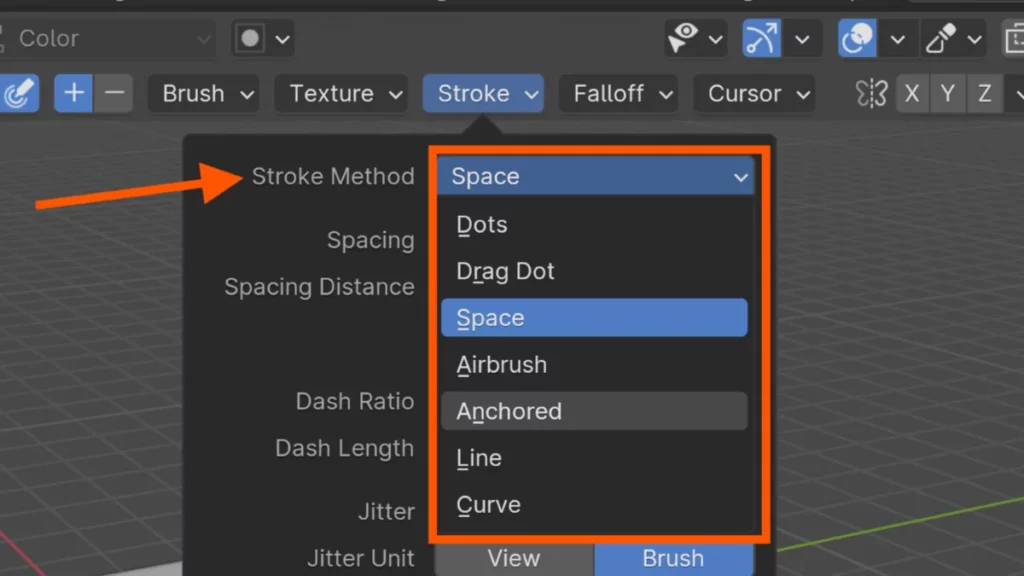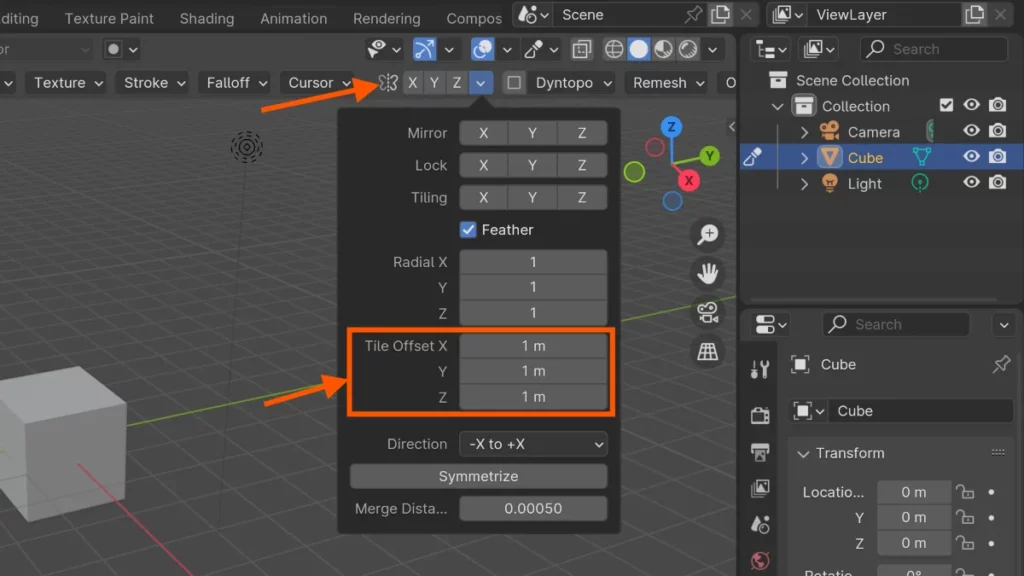Sculptors with a passion for creation often seek ways to monetize their art. The Business of Sculpting: Selling & Commissioning Work is a crucial aspect of turning a craft into a sustainable source of income. Mastering the art of selling sculptures takes more than talent; it requires an understanding of the marketplace and effective sales strategies.
Turning sculpting skills into income requires more than creative talent. Successful sculptors must grasp the business aspect, effectively pricing their work, and finding the right platforms for sales. It embodies a blend of artisan skill and savvy entrepreneurship.
While the potential to profit from your sculpting skills exists, a significant challenge is visibility in a crowded market. Transitioning from physical showcases to digital platforms is a hurdle. Up next, Digital Showcase: Tips for Marketing Your Sculptures Online will provide strategies to overcome this obstacle and succeed in the digital arena.
Digital Showcase: Tips for Marketing Your Sculptures Online
Marketing sculptures online starts with captivating visuals. Ensure your digital portfolio features high-resolution images of your work. This shows off the intricate details and craftsmanship, essential for attracting buyers.
Engage with your audience through social media platforms. Post regular updates showcasing new pieces, work-in-progress shots, or behind-the-scenes glimpses. This interaction builds a community around your art, essential for marketing sculptures online.
Leverage the power of storytelling in your online listings. Describe what inspires your sculptures, the materials used, and the creative process. This narrative can resonate with potential buyers, making your work more memorable.
Utilize SEO techniques to improve visibility. Include relevant keywords like “handcrafted sculptures” or “contemporary bronze figurines.” This will help your website rank higher in search results, crucial for marketing sculptures online.
Offer a variety of payment options on your website. Ensure the checkout process is secure and user-friendly. This convenience can turn an interested viewer into a paying customer, which is the goal of marketing sculptures online.
The next section will delve into how to set the right prices for your sculptures, ensuring your talent is fairly compensated.
The Price of Art: Strategies for Pricing Your Sculptures
Pricing your sculptures can be as complex as the art of sculpting itself. It’s a crucial step in turning your sculpting skills into income. Start by considering the cost of materials and the time you’ve invested in each piece.
Factor in your level of expertise when pricing your sculptures. If you’re a seasoned artist, your reputation can command higher prices. Newer artists may need to start with more modest pricing to enter the market.
Don’t forget to account for the perceived value of your work. Sculptures that evoke strong emotions or contain intricate details can justify higher prices. Research similar works to gauge what the market will bear. Consider the venue where you sell your sculptures. Pieces sold in high-end galleries should be priced differently than those at local art fairs. Adjust your prices to reflect the selling environment.

Remember to leave room for negotiation. Some buyers expect to haggle, so set your initial pricing with this in mind. Be prepared to explain the value behind your pricing to potential customers.
As you gain experience and recognition, regularly review and adjust your pricing strategy. This ensures your prices reflect your growing skill and reputation. Pricing your sculptures appropriately is key to a successful art business.
The right pricing strategy will help you earn a living from your art. It’s a delicate balance of valuing your work and understanding the market. In the next section, we’ll explore how to market your sculptures effectively to reach potential buyers.
Picture Perfect: How to Photograph Your Sculptures for Online Income
| Aspect | Advice |
|---|---|
| Lighting | Avoid direct overhead lighting to prevent harsh shadows. Use natural light by positioning sculptures near a large window or outside on a cloudy day. If natural light isn’t available, consider a photography lighting kit. |
| Background | Use a simple, neutral background like plain white or black to highlight your sculpture. Avoid busy or distracting backgrounds. |
| Angles | Experiment with different angles to showcase the unique features and details of your sculpture. Take both close-up and full shots from various perspectives (above, below, eye level). |
| Sharpness | Ensure photos are sharp and focused. Use a tripod to stabilize the camera and adjust settings for optimal sharpness. A macro lens is recommended for close-up detail shots. |
| Editing | Use photo editing software to fine-tune colors, contrast, and brightness. Avoid over-editing to keep the sculpture’s appearance true to life. |
Crafting Your Identity: Building a Recognizable Sculptor Brand
Building a sculptor’s brand goes beyond merely creating art; it involves establishing a distinctive presence that captivates and resonates with your audience. Begin by reflecting on what sets your sculptures apart. Are they characterized by a particular style, material, or theme? Embed this uniqueness into every creation, as consistency is key to building a sculptor’s brand.
Social media offers a fertile ground for sculptors to showcase their work and personality. Use platforms like Instagram to share your creative process and finished pieces. Remember to engage with your followers regularly. This interaction adds a personal touch that can make your brand more relatable and appealing.

Invest in professional photography to capture the essence of your sculptures. High-quality images can do wonders for your online presence and marketing materials. They convey the sophistication and detail of your work, crucial for building a sculptor’s brand. Use these visuals to tell a story that aligns with your artistic identity.
As you continue to sculpt and share your work, consider the next section about pricing your sculptures. Proper valuation not only reflects the worth of your time and skill but also reinforces the prestige of your brand.
Where to Sell: Choosing the Right Platforms for Your Sculptures To Make The Most Income
Selecting the right sculpture sales platforms can make a significant difference in your income as an artist. Online marketplaces specifically tailored for art, like Etsy or Saatchi Art, offer a vast audience seeking unique sculptures. They streamline the process of listing, selling, and shipping your work to customers globally.
Galleries present a more traditional avenue and can provide prestige and higher price points for your sculptures. Collaborate with local art galleries or those specializing in sculpture to reach collectors and art enthusiasts who prefer to see artwork in person. This route often requires a portfolio and a good rapport with gallery owners.
Leverage social media to create a buzz around your work and direct followers to your chosen sculpture sales platforms. Platforms like Instagram and Facebook are excellent for visual storytelling and can generate interest through behind-the-scenes content and live sculpting sessions. Remember to include clear calls to action directing viewers to where they can purchase your art.
Transitioning to the next section, consider how pricing strategies can impact your success on these platforms.
Artful Selling: Engaging Customers and Closing Sales For Passive Income
Engaging with potential customers is crucial in translating your sculpting skills into a profitable venture. Start with a warm welcome and an open-ended question to initiate a dialogue about your work. This approach not only sparks interest but also builds a connection between the sculpture and the viewer.
Once the conversation begins, listen actively and tailor your responses to address the customer’s specific interests or concerns. Highlight unique aspects of your sculptures, like the inspiration behind them or the techniques used, to create a compelling narrative. Stories sell, and by sharing yours, you increase the value of your art in the eyes of the buyer.
When it comes to online sales, the game changes, but the principles of customer engagement and sales remain the same. Use high-quality images and videos to showcase your sculptures, providing a virtual touch-and-feel experience. Engage with your audience through social media and email newsletters, keeping them updated on your latest creations and the stories behind them.
Remember to include clear calls to action on your website, guiding visitors towards making a purchase. Provide easy navigation to your online store and streamline the checkout process to prevent any hiccups during the transaction. By making the buying experience as seamless as possible, you encourage repeat business and positive word-of-mouth.
In all interactions, be it in-person or online, remember that your enthusiasm for your work is contagious. When you demonstrate passion for your sculptures, it resonates with customers, often tipping the scales in favor of a sale. Keep honing your customer engagement and sales techniques, and watch as your sculpting skills carve out a successful income stream.
BEGIN LEARNING AND DEVELOPING WITH OUR BLENDER VIDEO SCHOOL!!
Check out our course library if you are looking for a systematic and effective way to improve your skills as a 3D artist. Click Here To Learn Blender The Right Way!